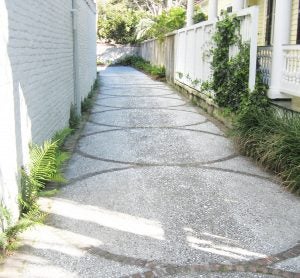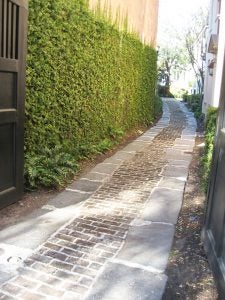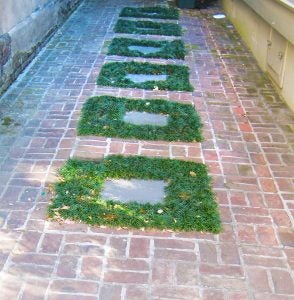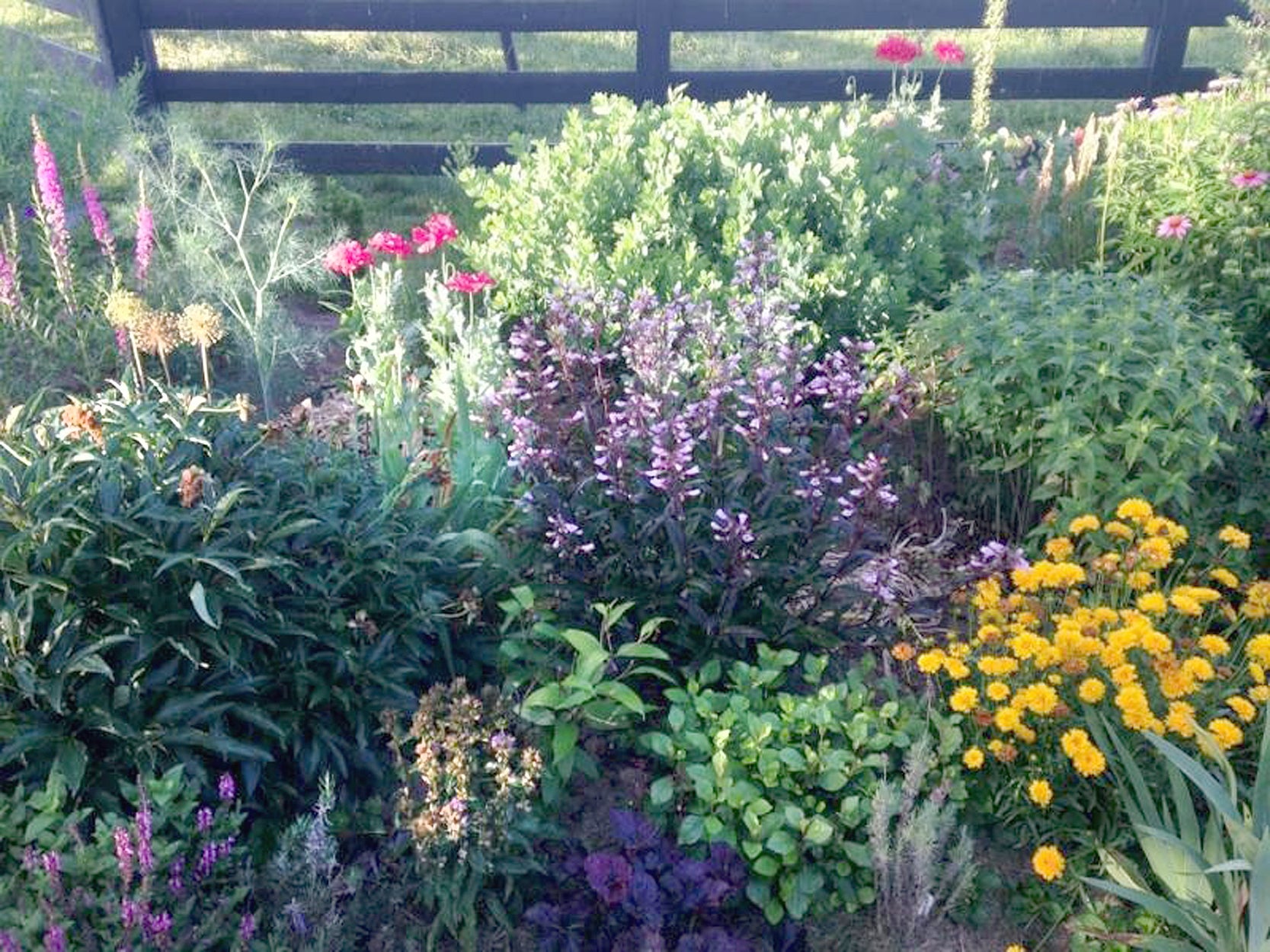Scoop – Perennials or Pavement?
Published 9:04 am Monday, April 3, 2017
Story and photos by Susan Jonas
Garden Club of Danville
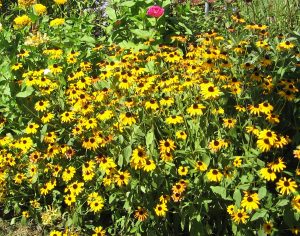
Beware gardeners bearing gifts of black-eyed Susans! They are beautiful and a favorite of pollinators, but without yearly thinning these natives can quickly take over a garden.
Beware of gardeners bearing gifts! This is the time of year when gardeners divide their perennials and foist the extras off on unsuspecting friends. Be especially wary of people who have multiple offerings of the same plant; it is almost certainly an aggressive spreader. Having been both recipient and giver, I know the story from both ends.
A single, innocent black-eyed Susan plant donated by a neighbor 15 years ago soon formed a huge clump that has been divided every two years since. The things just keep spreading….and spreading. Friends hide when they see me coming with tubs of black-eyed Susans to give away. The same goes for daisies and daylilies, even irises. Last year the extras went to the compost pile.
I have decided that large flower beds are for the young, vigorous, and enthusiastic. It is relatively easy to put in a bed of small perennials, and tremendously satisfying — for the first two years. By the third year they are outgrowing their spaces and losing vigor because of crowding.
Conventional wisdom says the whole bed should be dug up and reworked every five or six years. Conventional wisdom thought that one up in Victorian days when people actually employed gardeners to do the heavy work.
If you enjoy working in a perennial bed, God love you. These days the world needs more beautiful flowers and more pesticide-free pollen. We could all use the exercise, too. If you are a beginning gardener, adopting other people’s excess plants is an economical way to get started and a great way to learn. Membership in the Garden Club of Danville is a surefire way to collect interesting plants and advice on caring for them. Plants passed along from friends and family members have always been a treasured connection to people who are, or were, dear to us. Most gardeners have a story about “my grandmother’s rose” or peonies moved generations ago from the old family farm.
If you still like to dig, you might as well make it easy as possible. The Garden Club’s Kay Arnold introduced me to a “floral shovel,” which has a long handle but a smaller blade, just 5-3/4 inches wide. It’s perfect for dividing perennials and putting in or digging up individual plants without making a large hole. I ordered mine online when I couldn’t find one locally.
After many years of caring for perennials I am retreating to a mostly green garden of trees, shrubs, ferns, and groundcovers, with some spring wildflowers and bulbs tucked in. I plan to rely more on pretty paving, too. A garden needn’t always be about flowers. It is possible to have a beautiful garden with limited plant material, but it requires good design. For those of us trying to cut back on labor, this is good news. A recent trip to Charleston, South Carolina convinced me that there is much more to a garden than plants. Creative hardscaping can be just as eye-pleasing, in a different way, as flowers and plants, and a lot easier to care for.
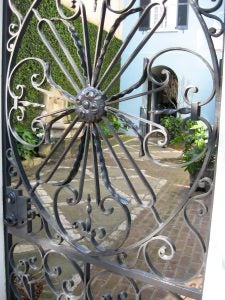
Behind an intricate wrought iron gate a courtyard in Charleston displays the creative paving found throughout the city. Many small Charleston gardens have more paving than plants and still look gorgeous.
Charleston has some of the prettiest driveways you’ll ever see, intricately patterned with bricks, paving stones, ballast stones (similar to river rocks), and low ground covers. Some are paved in tabby, that lovely, textured mix of concrete and crushed oyster shells. No two are alike. Somebody in the past had the imagination to puzzle those bricks, rocks, and flagstones into works of art, coaxing us to look down as we move through a garden. Since it’s Charleston, most of the artists in brick and stone have been dead for at least 100 years, but their work has outlived any perennial bed.
Why don’t we do more creative paving in Kentucky? An asphalt drive or concrete patio looks dull as ditchwater next to Charleston’s patterned bricks and stones. (We’re just dreaming here, not letting that annoying cost factor intrude.) If a brick driveway is too long for the labor and expense involved, you might consider inserting bricks or stones in a small part of it. There are plenty of patios and paths that could benefit from some imaginative paving designs. A quick online search yielded a site with 51 different paving patterns. My head is spinning with ideas.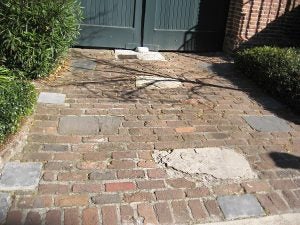
Instead of tending a perennial bed, I’m going to dream up some designs for pretty patios and paths. Whether they ever get built or not, fiddling around with a pencil and paper is a lot less tiring than wielding a shovel in a big flower bed.
